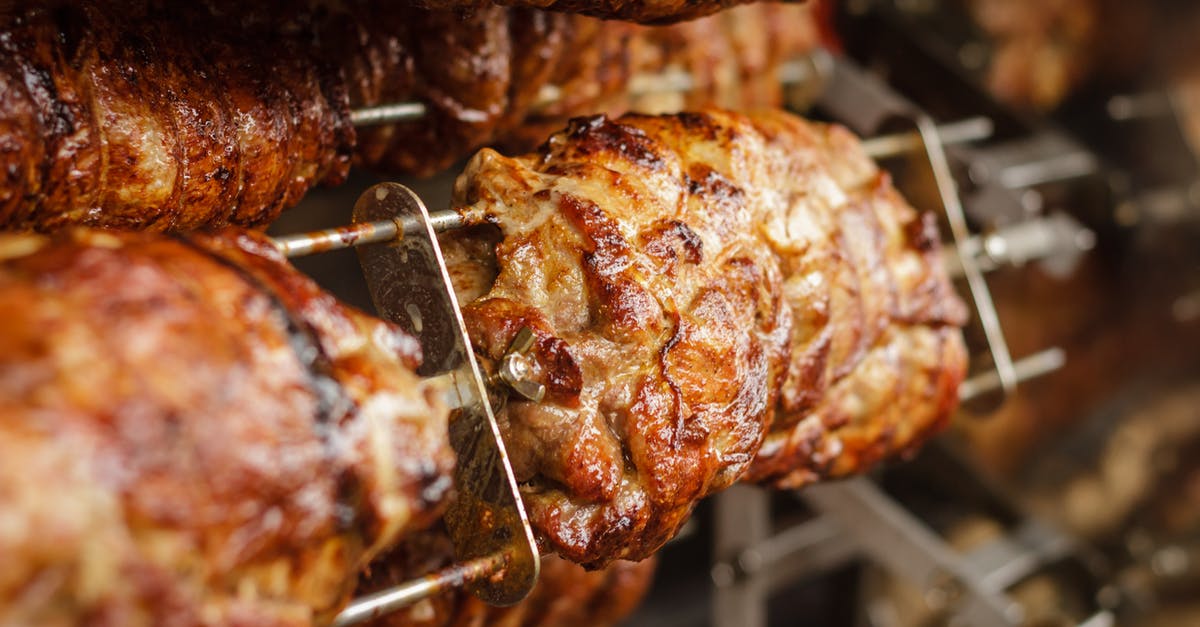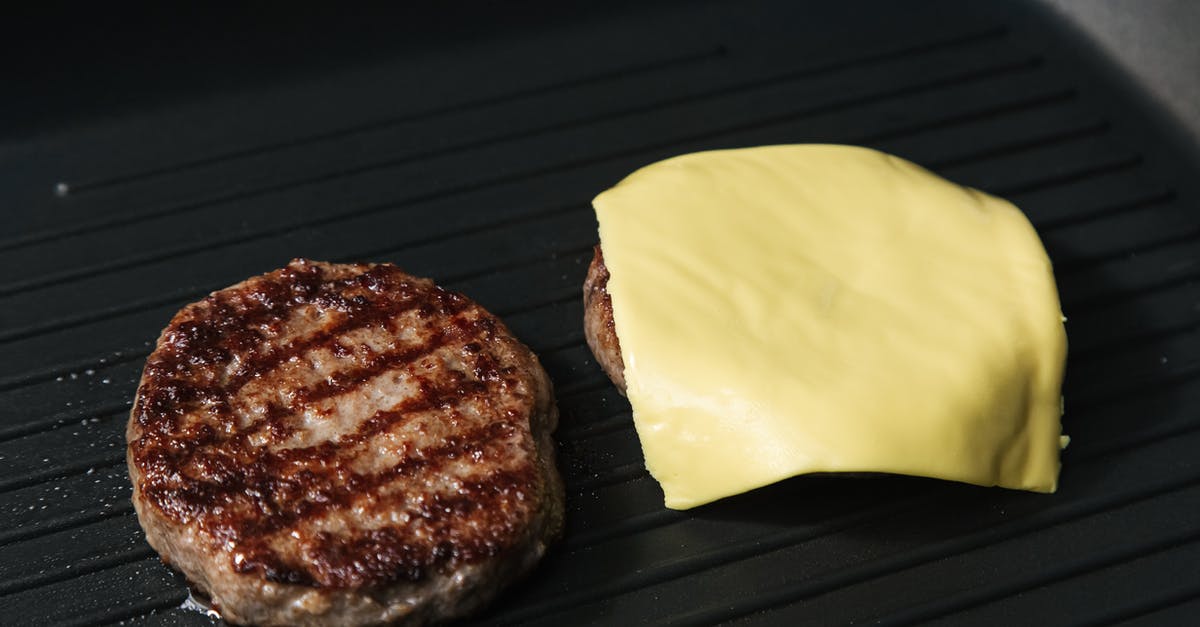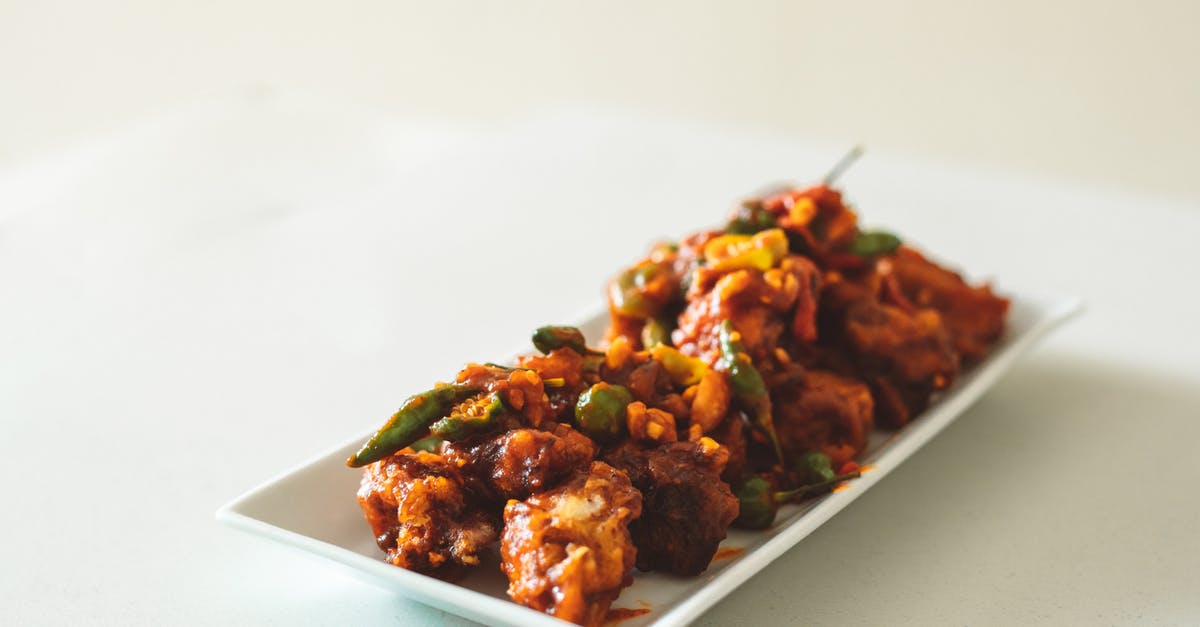Cooking meat/fish without Maillard reaction(a.k.a. browning)

Maillard reaction (browning) is the chemical reaction that occurs during frying. Almost all the recipes on cooking meat/fish are all about frying. Even if it's not frying it still mostly incorporates frying and/or browning. Most recipes of stewed meat suggest frying before actually stewing. Recipes for soups require frying everything before adding it to the soup. Recipes for baking mostly require to pour oil on top of everything to use browning. Are there any good methods to cook meat/fish without browning?
Best Answer
I agree with Joe: wet methods are generally good for preventing browning.
The general policy is just to use temperatures which are as low as possible (while ensuring food safety and cooking until "done"). The other thing you want to avoid is very long cooking, since browning reactions can still occur if you cook something long enough at a low temperature.
Wet methods are often best both because they naturally keep the temperature of the food below boiling, and the circulating liquid helps to raise the food's temperature faster (which tends to allow quicker cooking). Compare that to roasting (or similar techniques) at a very low temperature -- in that case, it will often take much longer for the food to get up to a "done" temperature (which can sometimes be a food safety issue, particularly in large hunks of meat).
Acids can also inhibit browning a bit, though low temperature and shorter time are most important.
The sous vide technique is perhaps the optimal method for preventing browning, since you cook the food in a sealed bag to a low temperature (and usually one specified to ensure food safety). You also contain all the juices, etc. of the meat, rather than other wet methods where they tend to be lost to the surrounding liquid. (If you are going to consume the liquid as well, that can be good, though.)
The main problem with all of these techniques is that some meats are considered much less appetizing without any browning. For example, many people love a steak cooked to a perfect "medium rare" inside, but they brown the exterior -- and even that thin layer of browned bits is enough to give a lot of flavor to a bite of even a thick steak. If you didn't brown the outside and just had the whole thing "medium rare," it would be a different experience. Think of the interior of a medium rare prime rib -- in that case, many people often tend to use some salty flavorful "jus" or another kind of sauce to add flavor while eating the meat. So in some cases you might look for recipes that add a sauce or other complementary flavorful foods to go with the meat (and replace the missing flavor from browning).
Pictures about "Cooking meat/fish without Maillard reaction(a.k.a. browning)"



What is browning of meat called?
One of the most important flavor-producing reactions in cooking is the Maillard reaction. It is sometimes called the \u201cbrowning reaction\u201d in discussions of cooking, but that description is incomplete at best.What do you call the browning of food including the process by which meat is browned can only be achieved through dry heat cooking?
Browning, or the Maillard reaction, creates flavor and changes the color of food. Maillard reactions generally only begin to occur above 285\xb0F (140\xb0C). Until the Maillard reaction occurs meat will have less flavor.How do you stop Maillard browning?
We have found that the problems of excessive browning caused by Maillard reaction of foodstuffs containing a protein and a reducing sugar, in particular baked food products, can be controlled by contacting the foodstuff with an enzyme capable of oxidising the reducing group of the sugar.What is the difference between Maillard browning and caramelization?
The key difference between Maillard reaction and caramelization is that the Maillard reaction is non-pyrolytic whereas the caramelization is pyrolytic. The Maillard reaction and caramelization are two different non-enzymatic browning processes of food.Browning Reactions in Foods Animation
More answers regarding cooking meat/fish without Maillard reaction(a.k.a. browning)
Answer 2
Any wet method of cooking will keep the temperature down to prevent browning (which includes caramelization ... but that isn't what actually happens with meats):
- steaming
- stewing
- braising
- poaching
You don't need to brown meat before stewing or braising it -- you'll not develop the same flavors, but you're specifically trying to avoid those reactions.
Fish is often steamed or poached -- you don't need to fry it, either.
Sources: Stack Exchange - This article follows the attribution requirements of Stack Exchange and is licensed under CC BY-SA 3.0.
Images: Pixabay, Polina Tankilevitch, Ron Lach, ROMAN ODINTSOV
